Introduction
This article provides an in-depth exploration of HEPA filters and their applications.
You'll discover key topics including:
- What are HEPA Filters?
- How HEPA Filters Function
- HEPA Filter Classification Systems
- HEPA Filter Manufacturing Process
- Common Applications of HEPA Filters
- And additional valuable information
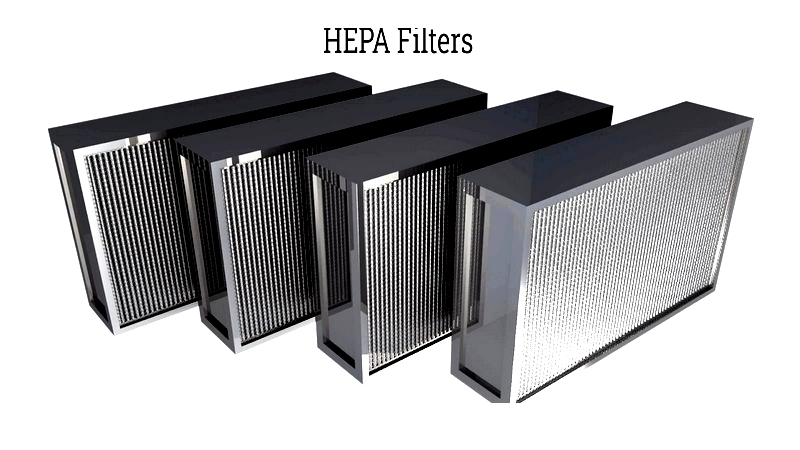
Chapter One – Understanding HEPA Filters
HEPA filters represent sophisticated air filtration technology designed to capture microscopic particles as small as one micron (µ), equivalent to one-millionth of a meter. These essential components in air purification systems meet rigorous standards for pollutant removal. The acronym HEPA stands for High Efficiency Particulate Air, denoting a benchmark for filtration systems capable of eliminating even the smallest airborne particles.
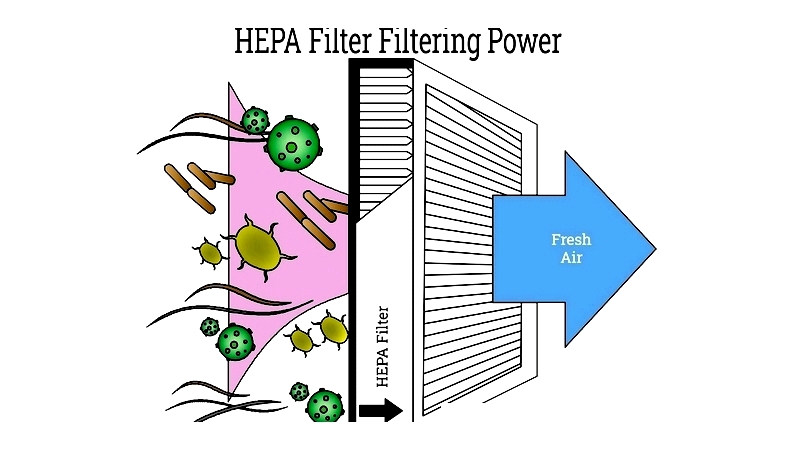
To qualify as HEPA-grade, filters must capture at minimum 99.9% of airborne particulates, including those measuring just 0.3 micrometers. These filters effectively remove diverse contaminants such as dust mites, pet dander, pollen, smoke, mold spores, and numerous other microscopic pollutants invisible to the human eye.
HEPA filtration systems direct air through an intricate web of fine fibers that trap harmful particles. This complex mesh, composed of thousands of delicate fibers, efficiently captures microscopic pollutants. While all HEPA filters meet specific standards, various classifications indicate different levels of filtration efficiency.
Chapter Two – HEPA Filter Mechanics
When discussing HEPA filters, it's essential to distinguish between "True HEPA" filters and those marketed as "HEPA-like," "HEPA-type," or "HEPA-style." True HEPA filters must remove 99.97% of particles as small as 0.3 microns, meeting stringent standards established by the Environmental Protection Agency (EPA) and adopted by regulatory bodies worldwide. These high-performance filters are commonly used in medical facilities, laboratories, cleanrooms, and residential settings. The EPA employs a grading scale from "A" (least effective) to "E" (most effective), based on military and industrial filtration benchmarks.
Functioning as advanced air filtration media, HEPA filters operate similarly to sieves but with a more sophisticated design that captures and retains microscopic airborne contaminants. These include allergens, dust mites, mold spores, fine dust, pet dander, smoke particles, and certain bacteria and viruses commonly found in indoor environments.
True HEPA filtration employs four primary mechanisms—impaction, interception, diffusion, and electrostatic attraction—ensuring comprehensive particle removal across various sizes. Larger particles are filtered first, while progressively smaller particles are trapped as air moves through the filter's multi-layered fibers. This complex process is vital for maintaining indoor air quality (IAQ), reducing exposure to harmful airborne contaminants, and supporting respiratory health. The diagram below illustrates HEPA filter efficiency.
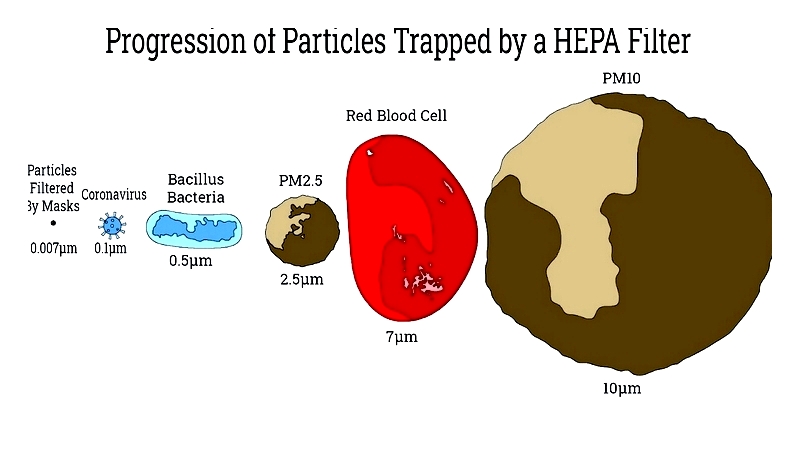
The HEPA Filtration Process
Inertial Impaction
Particles measuring 1.0 μm or larger (including pollen, dust, and certain mold spores) entering a HEPA filter collide with the dense fiber matrix and cannot pass through. This inertial impaction mechanism effectively captures most large airborne contaminants.
To prolong HEPA filter lifespan and enhance system performance, quality air purifiers typically incorporate prefilters to intercept larger particles before they reach the HEPA media. While 1.0 μm particles are considered large in filtration terms, they remain minuscule compared to visible objects like human hair or sand grains. The following visualization helps illustrate particle sizes and HEPA filter effectiveness:
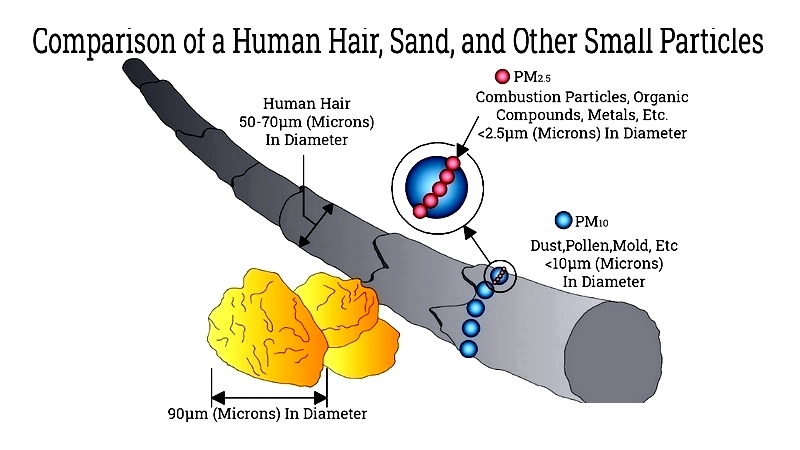
Interception Phase
After inertial impaction, particles ranging from 0.3 μm to 1 μm (including fine dust, some bacteria, and certain smoke particles) encounter the interception stage. These microscopic particles follow the airstream through the filter but cannot navigate around the fiber maze due to their size and inertia, becoming trapped through direct contact with the filter media.
During this critical phase, particles as small as 0.1 μm adhere to the filter fibers, demonstrating HEPA filters' exceptional efficiency in capturing hazardous materials. This capability makes them invaluable in environments requiring precise contamination control, such as hospitals, cleanrooms, schools, and modern HVAC systems.
As the filter accumulates contaminants, airflow resistance increases, necessitating regular maintenance or replacement. Unlike the inertial impaction stage protected by prefilters, interception relies entirely on the main filter media for particle capture.
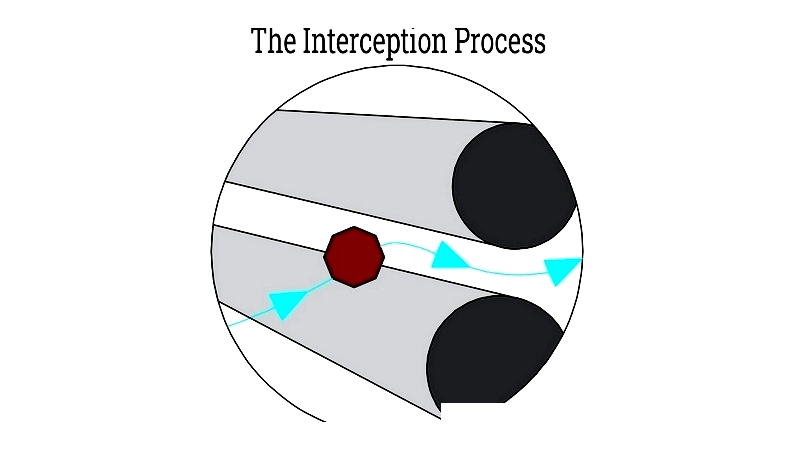
Brownian Motion
At this filtration stage, particles become exceptionally small—typically under 0.1 μm—exhibiting negligible mass and erratic, zigzag movement patterns. This Brownian motion results from constant collisions between these microscopic particles and air molecules.
HEPA filters are precisely engineered to address Brownian motion, ensuring control of ultrafine particulates like smoke, viruses, volatile organic compounds (VOCs), and combustion byproducts. Rigorous testing confirms HEPA filters effectively remove even the smallest airborne pathogens through combined mechanical and electrostatic forces.
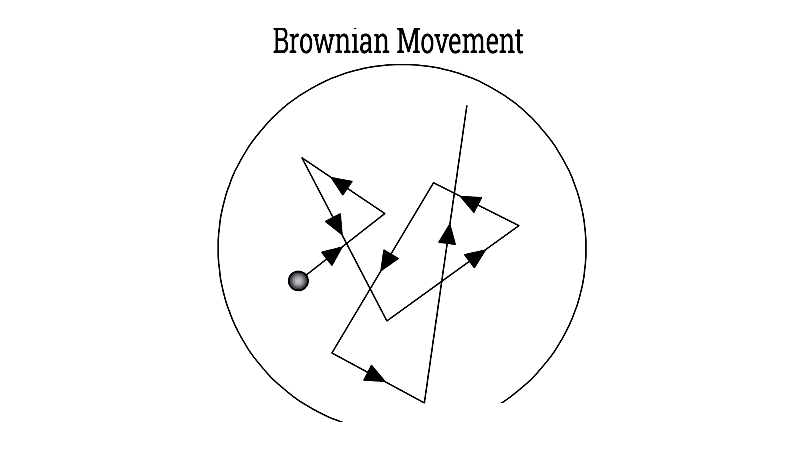
Diffusion Mechanism
Submicron and nanoparticles (as small as 0.1 μm) reach the diffusion section where fibers are randomly oriented. As these ultrafine particles undergo Brownian motion and collide repeatedly, they lose kinetic energy and become more likely to contact and bind to filter fibers—a process called diffusive deposition.
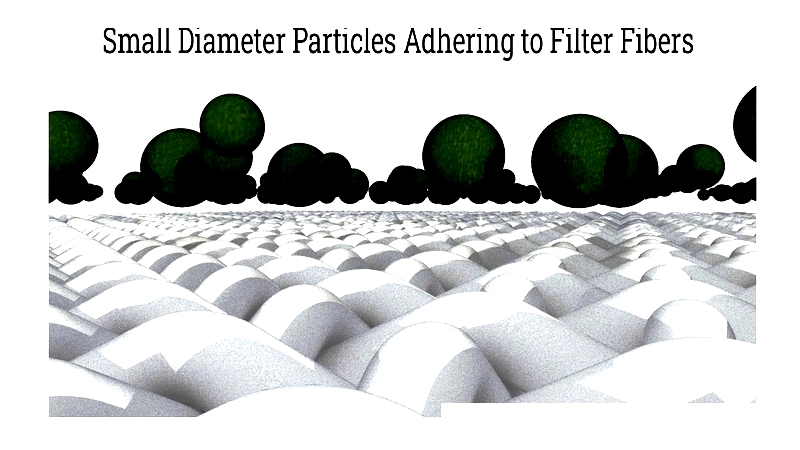
Electrostatic Attraction
Minute particles like smoke, odors, chemical fumes, and industrial pollutants often carry electrostatic charges. Modern HEPA filter media, composed of fine glass or synthetic fibers, also maintain electrostatic charges. This creates attractive forces between opposite charges, enhancing the filter's ability to capture elusive airborne particles.
The combined action of these five mechanisms enables True HEPA filters to deliver superior particulate removal that meets strict industry and regulatory standards. The following diagram summarizes the HEPA filtration process.
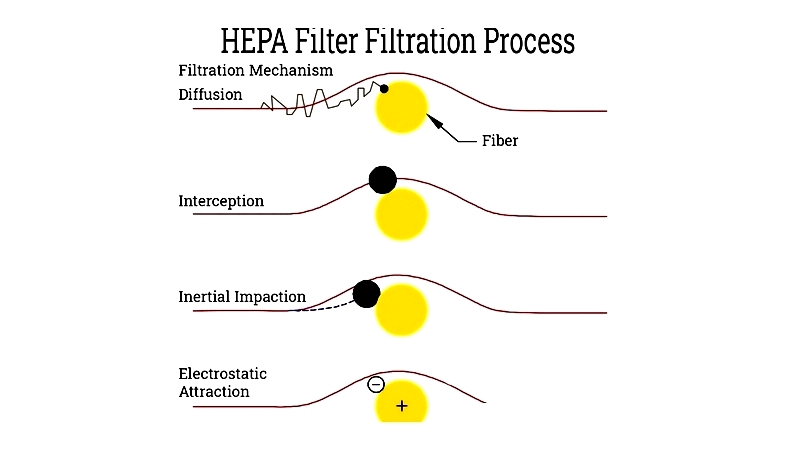
Pressure Differential
HEPA filtration systems naturally create pressure drops as the dense fiber network restricts airflow while maximizing particle capture. The extent of this pressure differential depends on factors including HEPA filter grade, media composition, thickness, system design, pre-filter integration, and fan capacity. Industrial and commercial HEPA filters are engineered to maintain efficient airflow—up to 250 feet per minute (FPM) or more—while minimizing energy loss and mechanical wear.
Performance and longevity are interconnected: as HEPA filters capture more pollutants, airflow resistance increases, causing greater pressure drops. Unchecked, this leads to higher energy costs, reduced air quality, and increased strain on HVAC systems. For optimal performance, HEPA filters require regular inspection and replacement according to manufacturer guidelines based on airflow measurements, filter condition,




